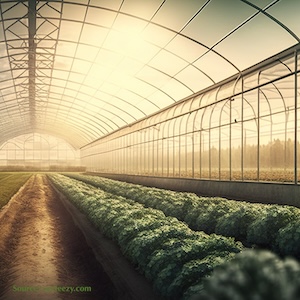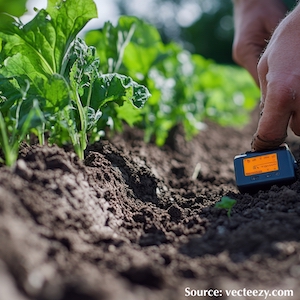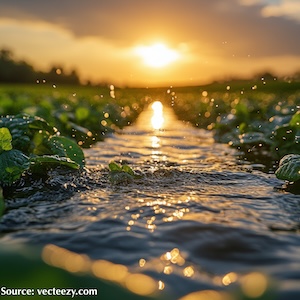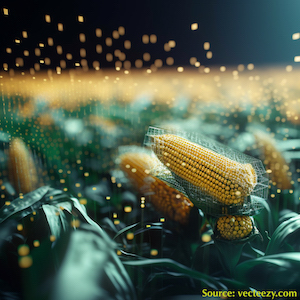Design of a double-layer perforated air distribution system for greenhouses using computational fluid dynamics

All claims expressed in this article are solely those of the authors and do not necessarily represent those of their affiliated organizations, or those of the publisher, the editors and the reviewers. Any product that may be evaluated in this article or claim that may be made by its manufacturer is not guaranteed or endorsed by the publisher.
Authors
Single-layer perforated air ducts made of plastic films are widely used in greenhouses to control the root-zone environment of crops. However, conventional ducts often exhibit non-uniform airflow and thermal distributions along the duct length, making it difficult to maintain consistent environmental conditions in the greenhouse. To address this issue, a double-layer perforated air duct has been developed and implemented in greenhouses. However, it is necessary to quantitatively evaluate its effectiveness in improving environmental uniformity. In this study, computational fluid dynamics (CFD) simulations were conducted to compare the internal airflow and jet flow characteristics between the conventional single-layer duct and the proposed double-layer duct. In addition, three double-layer duct designs with different hole arrangements, sizes, and spacings were analyzed. The double-layer duct significantly improved the uniformity of the jet flow temperature and mass flow rate compared with the single-layer duct. The space between the inner and outer tubes in the double-layer duct acted as both a thermal insulation layer and a pressure chamber, maintaining a high, uniform internal static pressure and a low, consistent air velocity. The maximum improvement in temperature uniformity was 75%, and that in mass flow rate was 42%. The proposed double-layer perforated air duct can contribute to enhanced environmental uniformity in greenhouses by supplying jet flows through its holes at a more consistent temperature and mass flow rate along the duct length.
Supporting Agencies
Korea Institute of Planning and Evaluation for Technology in Food, Agriculture, and Forestry, Korea Smart Farm R&D Foundation, Ministry of Agriculture, Food, and Rural Affairs, Ministry of Science and ICT, Rural Development Administration, Republic of KoreaHow to Cite

This work is licensed under a Creative Commons Attribution-NonCommercial 4.0 International License.









